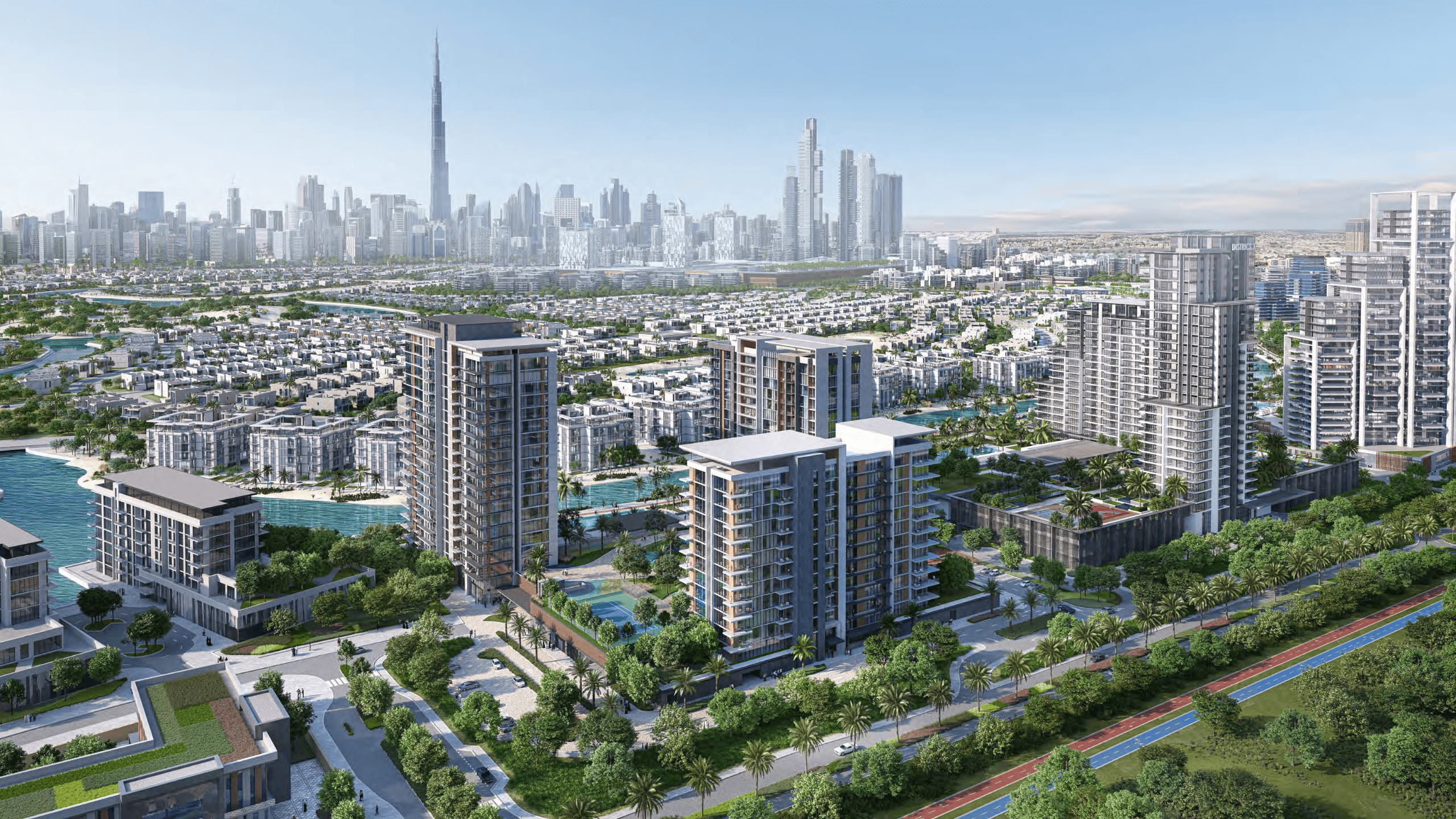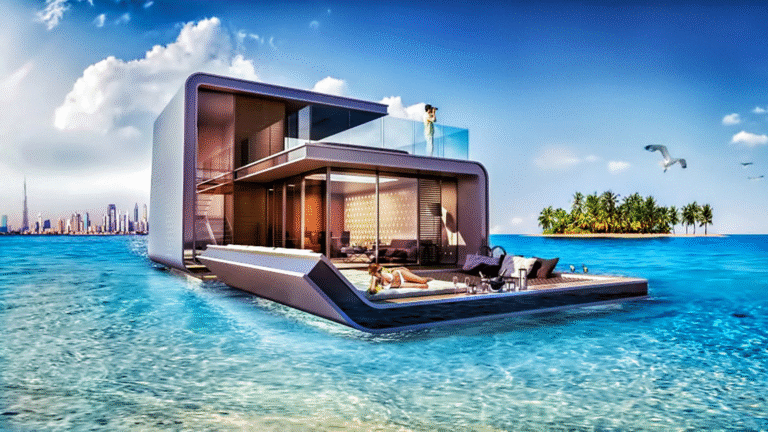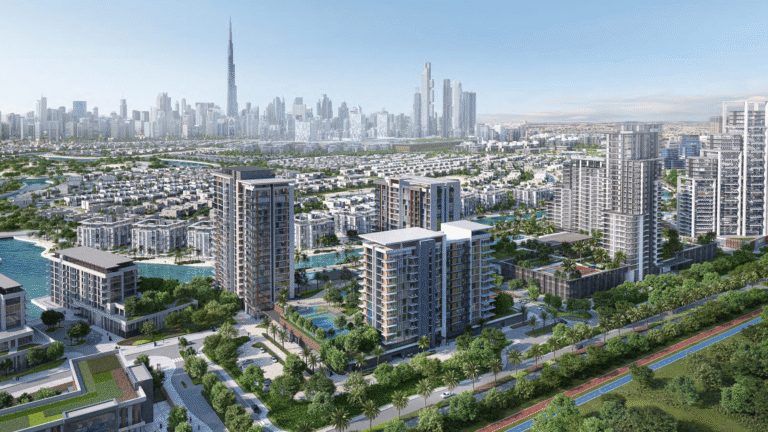When buyers in Dubai say they want “the best view,” it’s more than just a lifestyle preference—it’s an investment decision that can significantly impact property values. In 2024, views are proving to be not just a luxury, but a market-moving asset.
Our latest research, powered by transactional data from Downtown Dubai and Palm Jumeirah, quantifies exactly how much value a premium view adds to a property in Dubai’s ready market. These two communities were chosen for their clear visual hierarchies—Burj Khalifa views in Downtown and sea views in Palm—making them ideal for this kind of analysis.
Community-Level Insights: The Price of a View in 2024
Let’s start with the big picture.
- Downtown Dubai saw an average price premium of 30% for units with direct Burj Khalifa views.
- Palm Jumeirah outperformed slightly, with an average premium of 32.33% for sea-facing units.
This isn’t just a slight bump—it’s a market-defining trend. When 30%+ premiums are consistently recorded in high-transaction communities, the impact is too significant to ignore.
Intra-Building Analysis: Where the View Pays Off
The real nuance comes when we look at individual buildings, where view types can vary floor by floor or stack by stack. Here’s where the data gets more revealing—and in some cases, surprising.
Downtown Dubai: View Premiums Are Strong, But Not Always Guaranteed

- The Address Residence Dubai Opera: Units with Burj views commanded a 33.81% higher price on average.
- The Address BLVD: Maintained a strong 31.25% premium, showing sustained demand.
- 29 Burj Boulevard Tower 2: Only a 2.91% premium—likely due to demand shifts or unrecorded upgrades in standard units.
- BLVD Heights: Delivered a 7.08% average premium, though the trend reversed in later months.
- Boulevard Central: The anomaly—premium views only fetched a 0.53% premium, indicating that layout, age, or unit condition may have overshadowed view considerations.
Takeaway: While Downtown generally rewards views, not all buildings are created equal. High-spec finishes or recent renovations can sometimes eclipse the importance of the view alone.
Palm Jumeirah: Views Are King—and Sometimes, Emperor
The Palm consistently showed more volatile yet aggressive premiums, likely due to the lifestyle value placed on uninterrupted sea views.

- Shoreline – Msalli: The standout performer. Average premium of 46.7%, peaking at a massive 109.22% in October.
- Fairmont North Residences: Strong and consistent, with a 68.83% average premium, and 97.51% in peak months.
- Fairmont South Residences: Mirrored the North with a 47% yearly premium, peaking just under 110% in April.
- Anantara Residences: More modest, but still notable at 11.37% average premium.
- Balqis Residence: The outlier—only a 0.51% premium, which may be due to a price crash in standard units during August.
Takeaway: Palm Jumeirah residents pay a serious premium for the view—but with some significant variations by building, month, and even unit type. The presence of a hotel brand, beach access, and unit finish levels likely amplify the impact of the view.
What Explains the Anomalies?
In a market as dynamic as Dubai’s, several non-visible or non-recorded factors can influence pricing:
- Renovations & refurbishments not reflected in listing data
- Age of the building and maintenance history
- Stack orientation (e.g., same view but less optimal angles)
- Floor level, especially in mixed-view towers
- Amenities and brand reputation (e.g., branded residences like Fairmont vs. non-branded)
Until Dubai’s property data ecosystem evolves to capture these variables, anomalies like those seen in Boulevard Central or Balqis will persist.
What This Means for Buyers and Investors
For investors, understanding the “view premium” can uncover arbitrage opportunities—where standard view units may be undervalued due to timing or mispricing.
For end-users, the data reinforces the idea that paying for a view may not just be emotional—it could yield a higher resale value in the long term.
And for brokers and developers, these insights can inform pricing strategies, marketing angles, and even architectural planning.
This blog covers only the surface of the comprehensive analysis found in our full report. For in-depth data tables, community-by-community breakdowns, and expert commentary:






